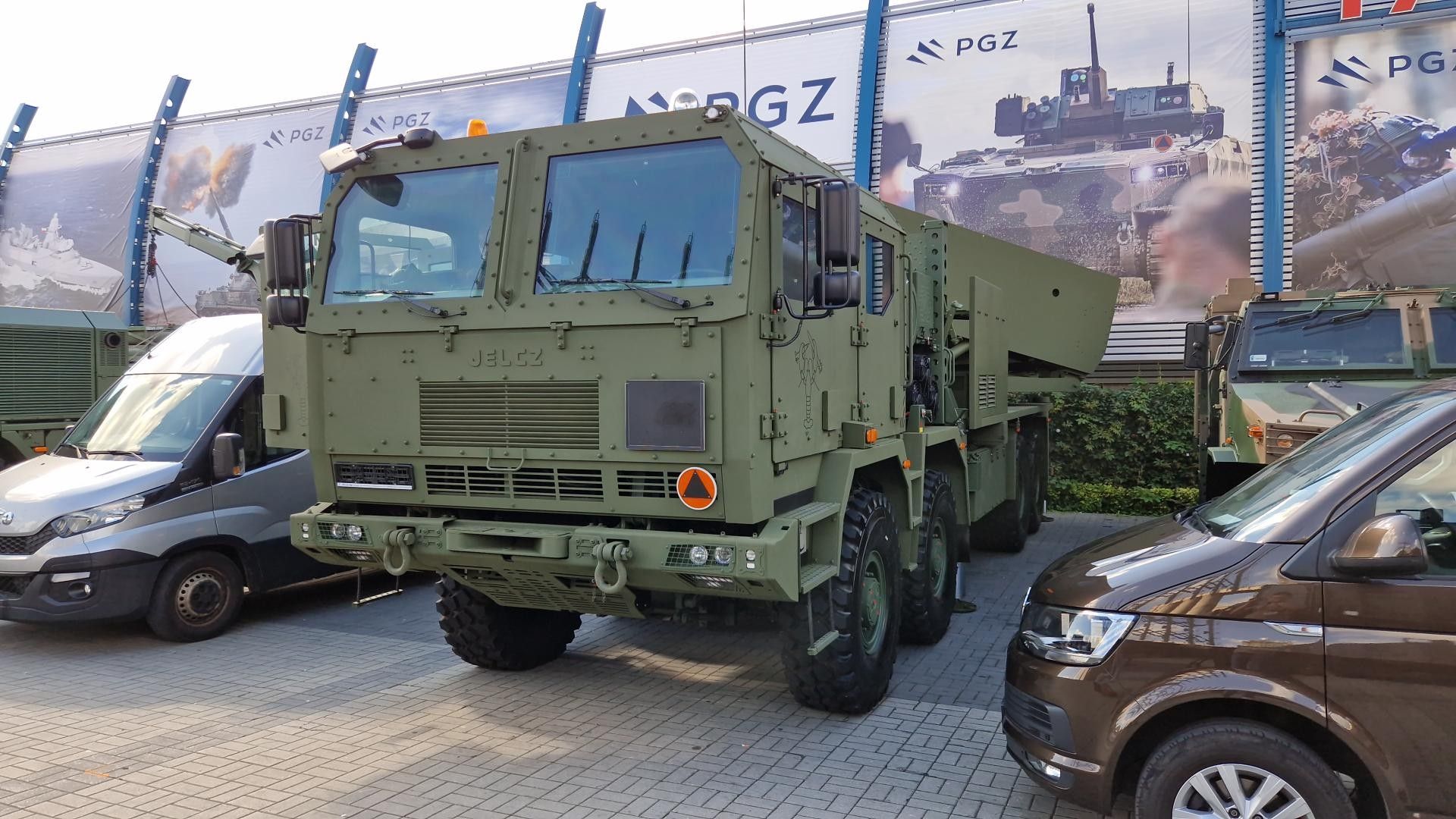In that case, I serve a short discussion of the topics of Poland and its rockets.
Although few people are aware of it, even in Poland, Polish rocket artillerymen celebrated last year or are celebrating this year, depending on how you count it, their bicentenary.
Here is some information about the prehistory of Polish rocket artillery, unfortunately only in Polish.
http://portal.muzeum.brodnica.pl/ot...-rakietnicy-krolestwa-polskiego-wystawa/3404/
In the times of People's Poland, the greatest achievement in the field of rocket construction was the Meteor 2K rocket. This rocket in 1970 reportedly reached the conventional limit of space.
The successor of the Meteor 2K rocket, i.e. the Meteor 2M rocket, was already in the boxes and was waiting for assembly and then the flight, unfortunately, however, this program was canceled by our then big brother from Moscow. Poles will have to wait over half a century to reach the conventional boundary of space again. But once we get down to it, we're going wide.

Currently, three teams in Poland are preparing to reach the Kármán Line.
The first team is the Institute of Aviation from Warsaw, the same one that built and launched the Meteor 2K rocket in 1970. Their latest racket is called Amber 2K. Yes, this 2K refers to Meteor 2K. This rocket is powered by a hybrid engine and has a diameter of 230mm.
Completely unrelated to the case, I will add that the same institute, with funds allocated by the Polish Ministry of National Defense, is developing a 227mm solid fuel engine. But why?

Another Polish rocket preparing to conquer the Kármán Line is the Three-Stage Suborbital Rocket (Trójstopniowa Rakieta Suborbitalna) called TRS or TRS-300. Here is a video of the test firing of her engine.
It was about this rocket that I wrote in the previous post. This rocket is a civilian rocket, and even the fact that two of the three entities from the consortium that builds it have the word "military" in their names, and the third, before the war in Ukraine, supplied the Ukrainians with fuel for their ATGM missiles.
Therefore, it is probably pure coincidence that the representatives of the consortium building this rocket say that it is possible to build both ground-to-ground and ground-to-air missiles on its basis.
https://www.polska-zdrowna.pl/home/articleshow/38137?t=MSPO-Rakietowe-aspiracje-WITU Let me just add that the Ukrainian Wilcha missile, popular in Poland, has a caliber of 300mm, and the missiles purchased by Poland under the Wisła program PAC-3 MSE, are 305mm in diameter. So will the British-Polish CAMM MR anti-aircraft missile have a caliber of about 300 mm? I don't know that, and this time I'm writing it without a trace of irony.
As I mentioned, there is also a third civilian rocket in Poland, which is preparing to attack the conventional space border. It is a 450mm Perun rocket. For those who want to better visualize the diameter of this rocket, I will add that the American PrSM rocket, currently being developed for HIMARS systems, is to have a caliber of 17 inches, i.e. ~ 432mm. So I assume that now each of you has a better idea of what a 450mm caliber is.

The Perun rocket is another Polish rocket with a hybrid engine.
Oh, as everyone knows, every self-respecting civilian rocket with no aspirations to become a ballistic has its engine thrust vectoring system.

At least that's what you could say until last year's MSPO, the largest arms industry fair in Poland. It turns out that then a mock-up of the Perun missile with a solid fuel engine was shown. Representatives of the company that builds Perun also declared that the solid fuel engine already exists and the construction of a military version of Perun is an offer of their company for the Polish army.
https://antyweb.pl/polskie-technologie-rakietowe-na-mspo
I don't remember the other two or three rockets with calibers larger than Perun, which Poland makes alone or in cooperation with other countries.

Or in other words, I read something about this number in various places while making rocket/missile OSINT, but isn't there something more? I don't know. There is certainly work being done on rockets smaller than the Moskit.
https://twitter.com/TrompBK/status/1633167349267288064?s=20
https://twitter.com/SteelFec/status/1693210965762879572?s=20
Anyway, the deletion of the Meteor program took us away from space for half a century. But we're just getting back to where we belong.

P.S.: The Polish variant of the Grad rockets is called Feniks (Phoenix). The currently developed version of the 122mm Feniks can reach >40km. Reportedly, a version reaching > 60 km is also planned. A version with such a long range, however, will probably need even the simplest flight correction systems ... which are also being developed in Poland.
https://twitter.com/covax_/status/1625148265673924610?s=20
Unless someone decides that 40 km is enough for us, and greater ranges will be achieved with missiles of larger calibers.





